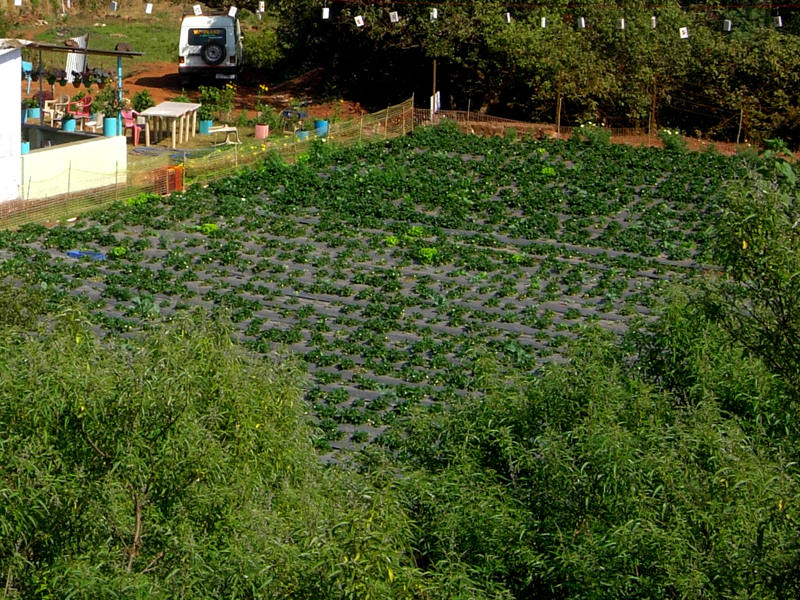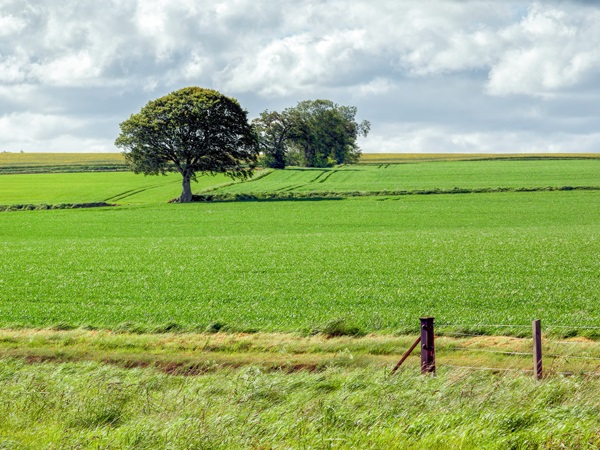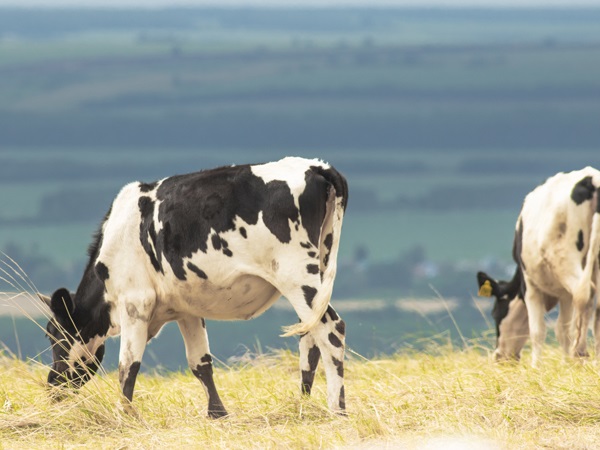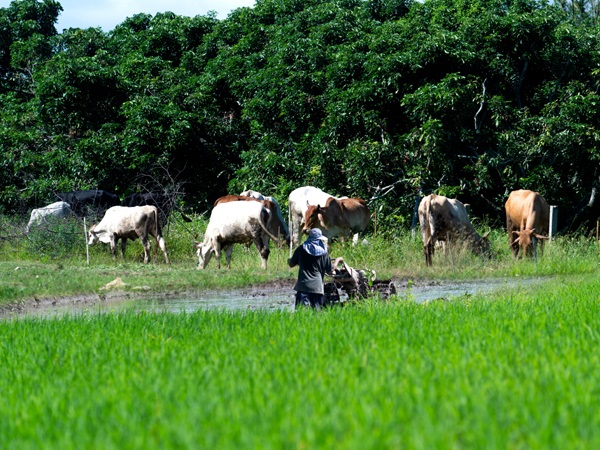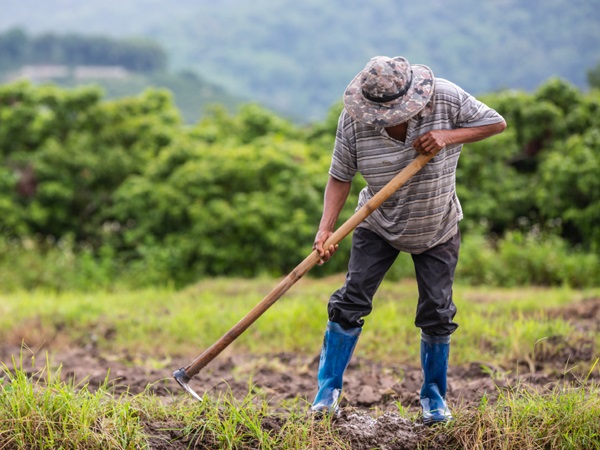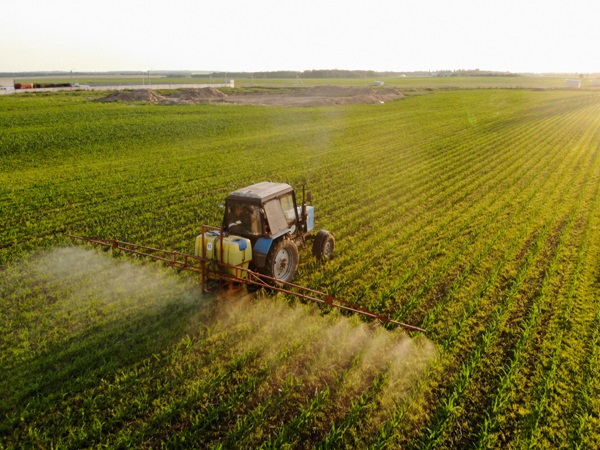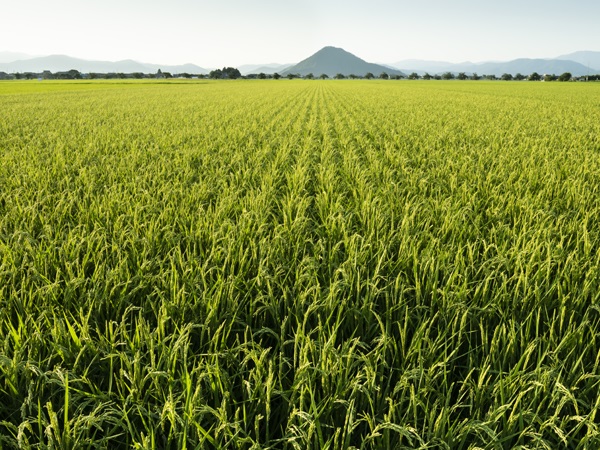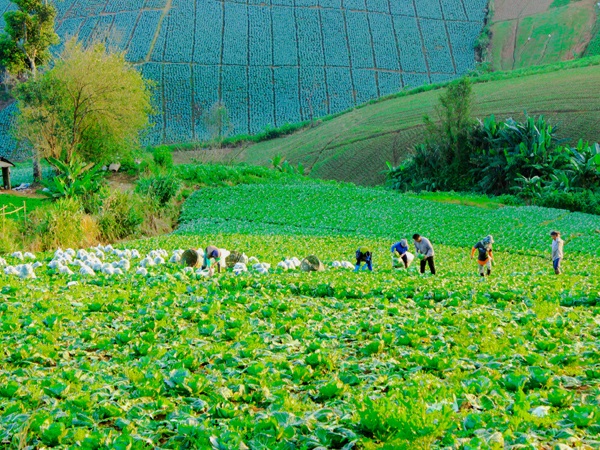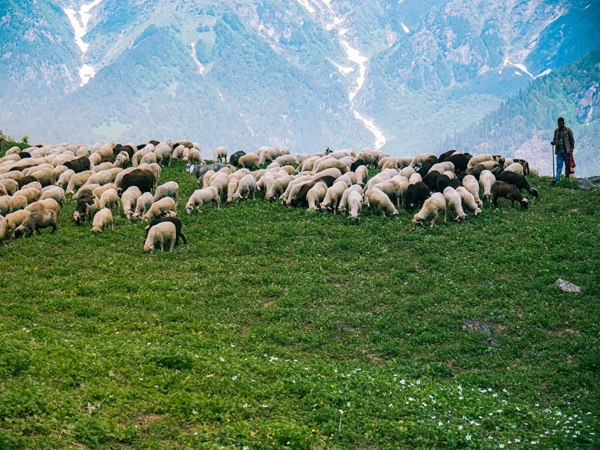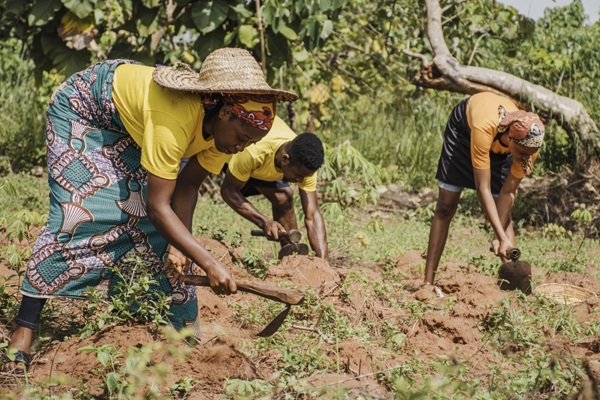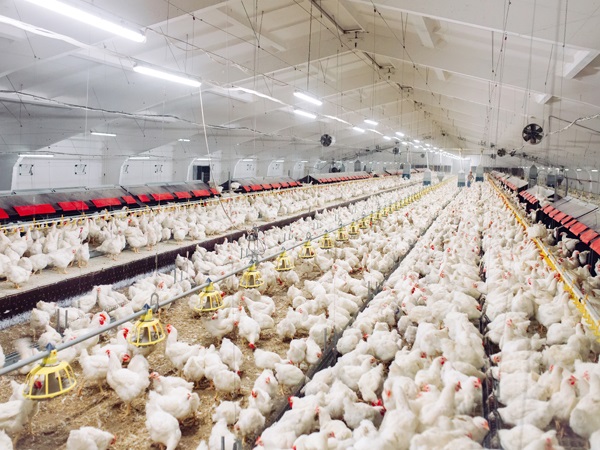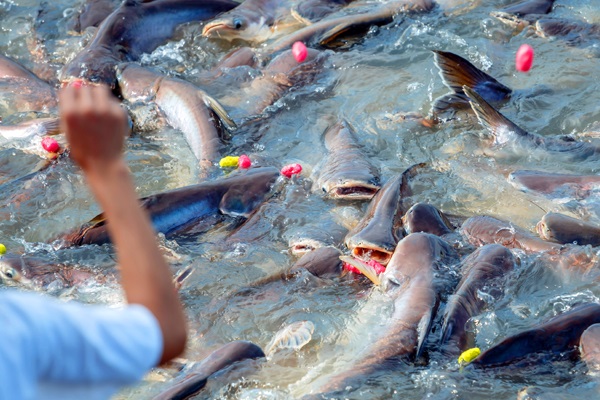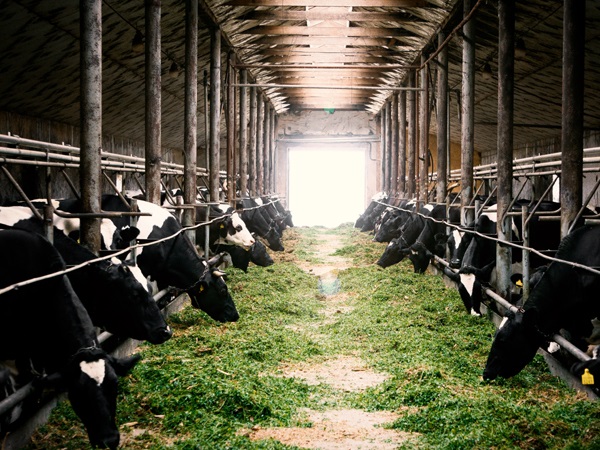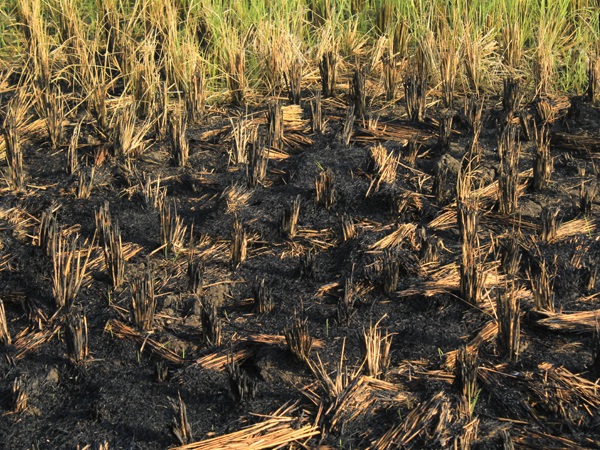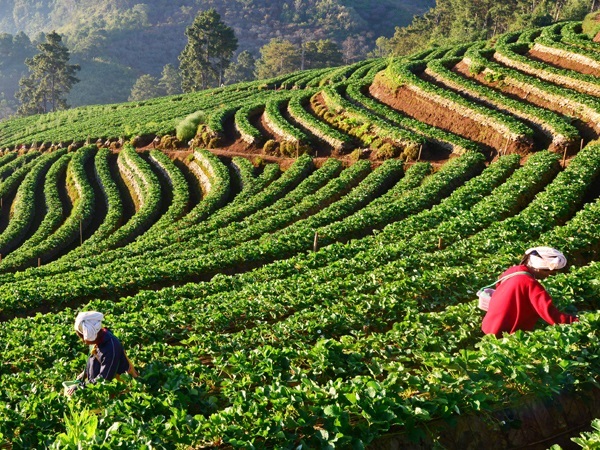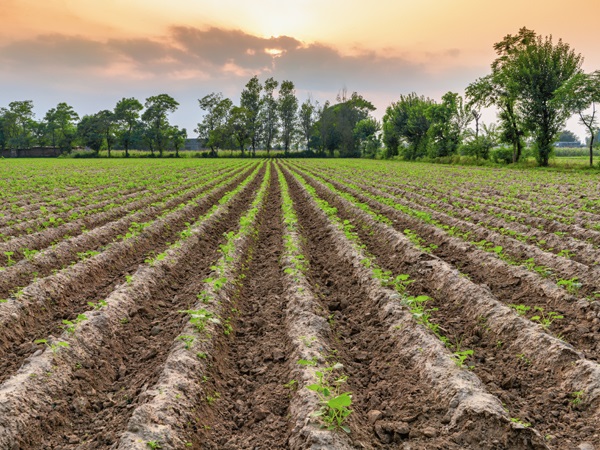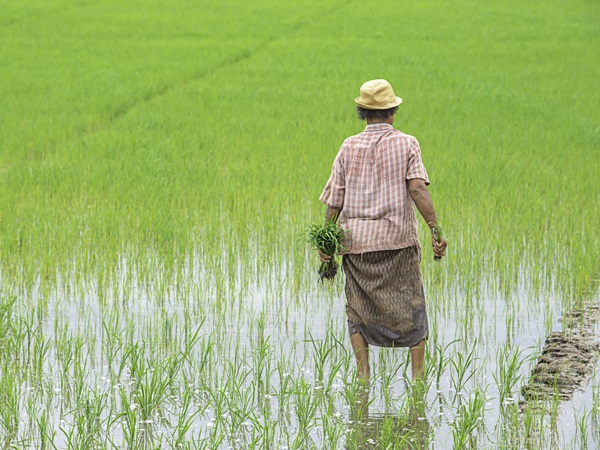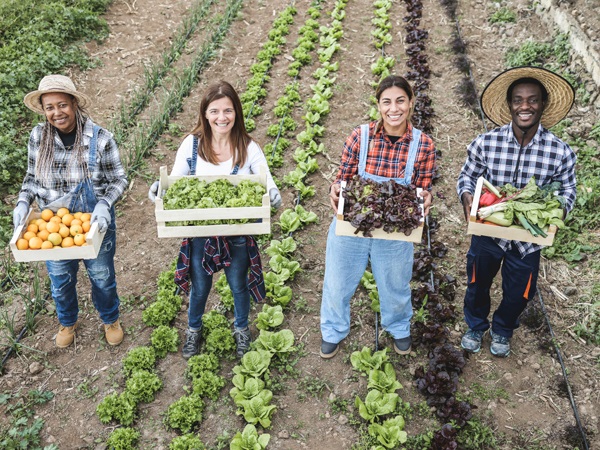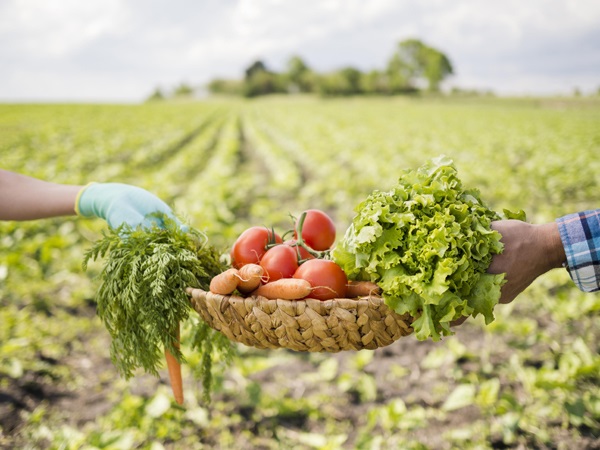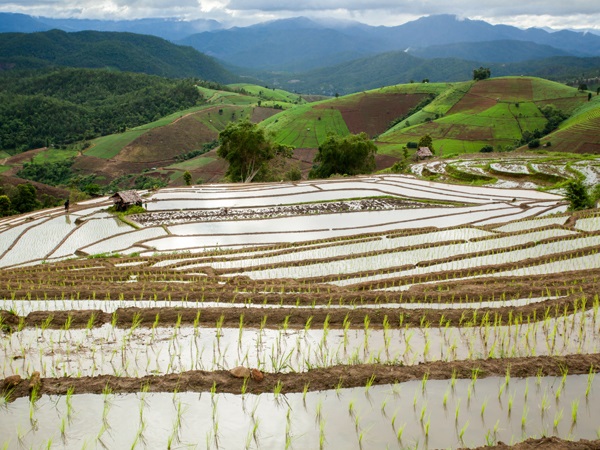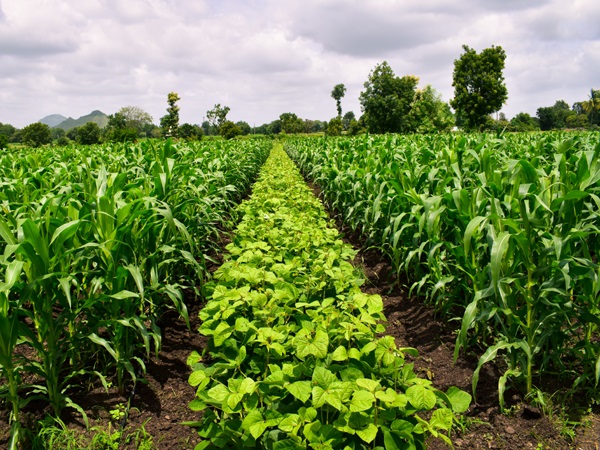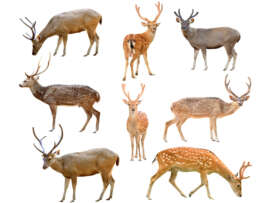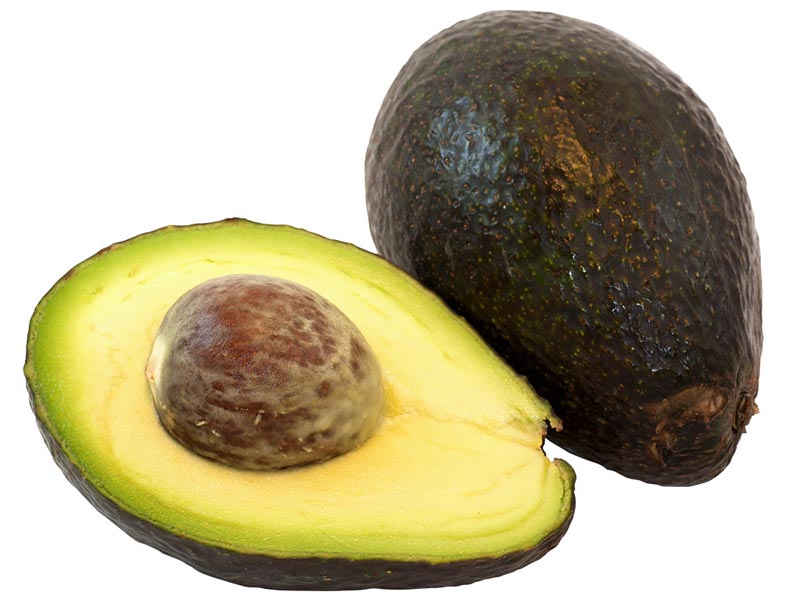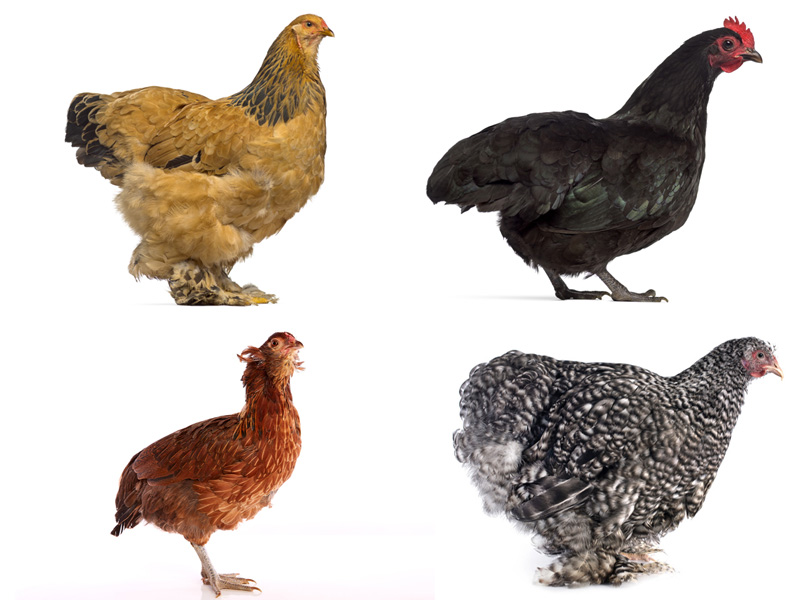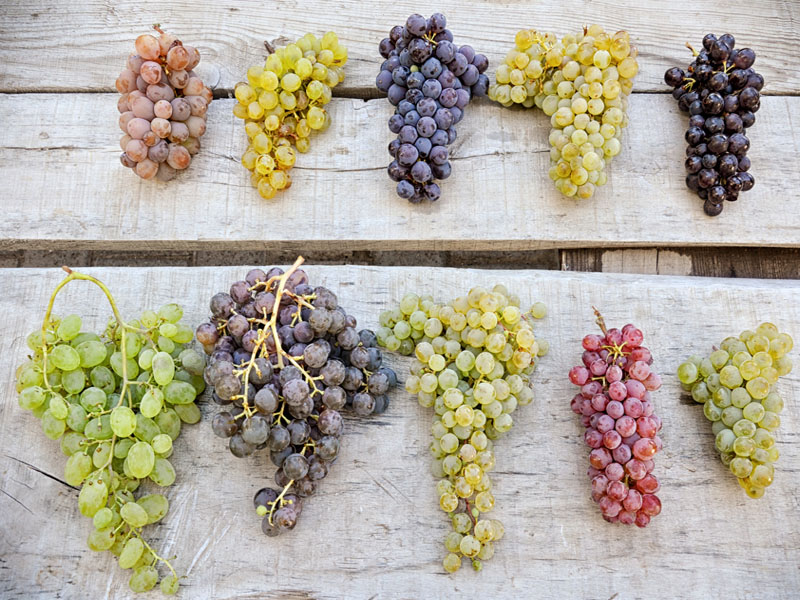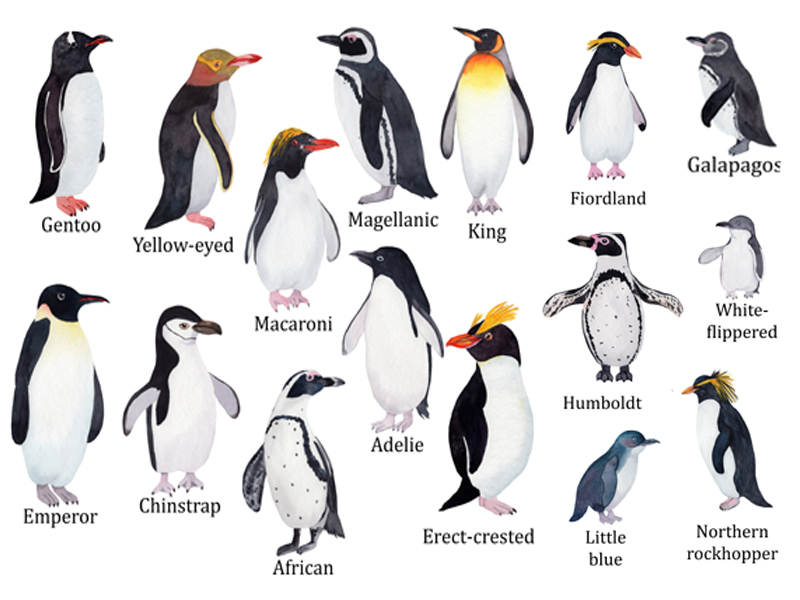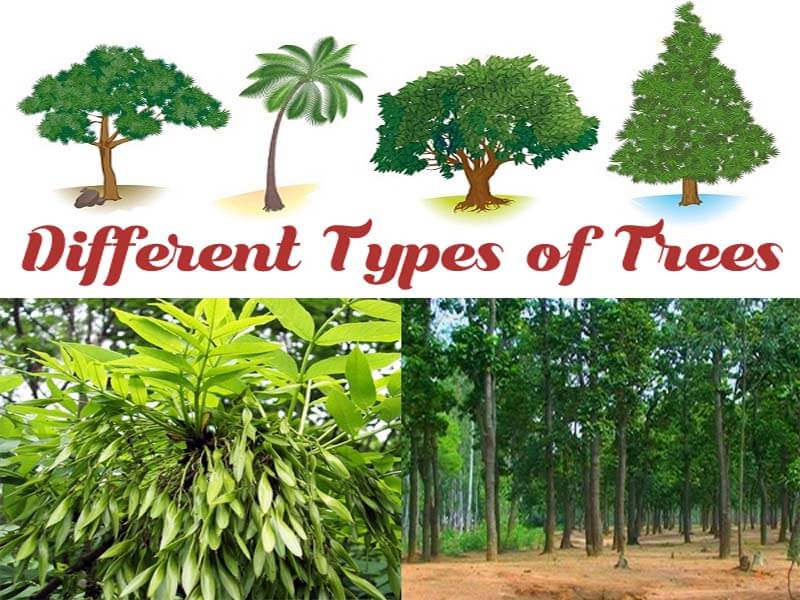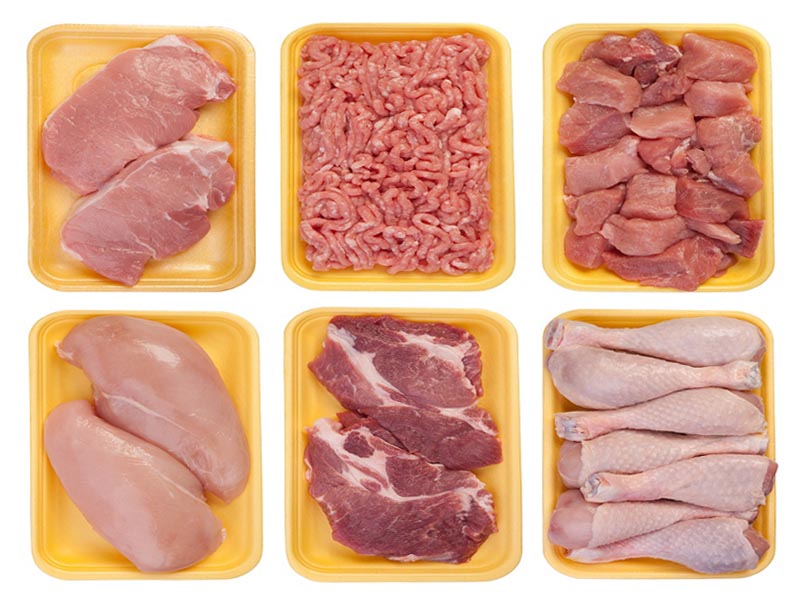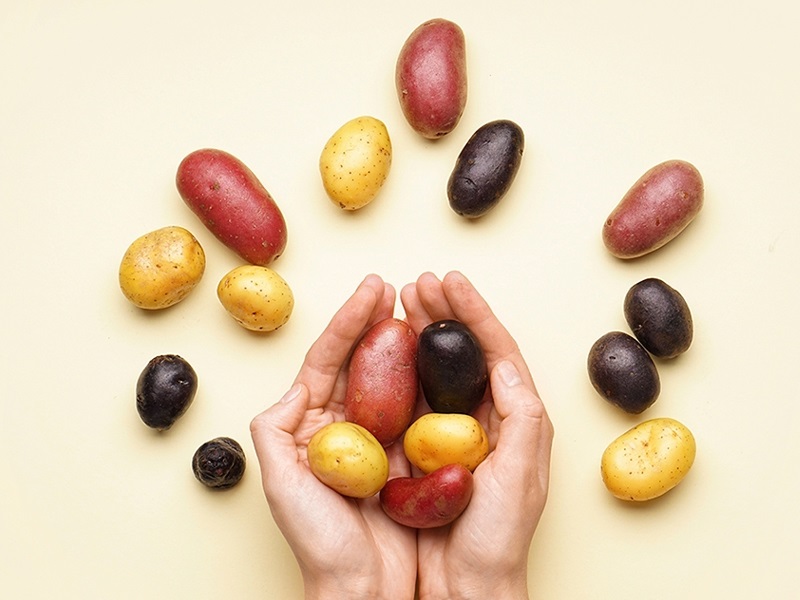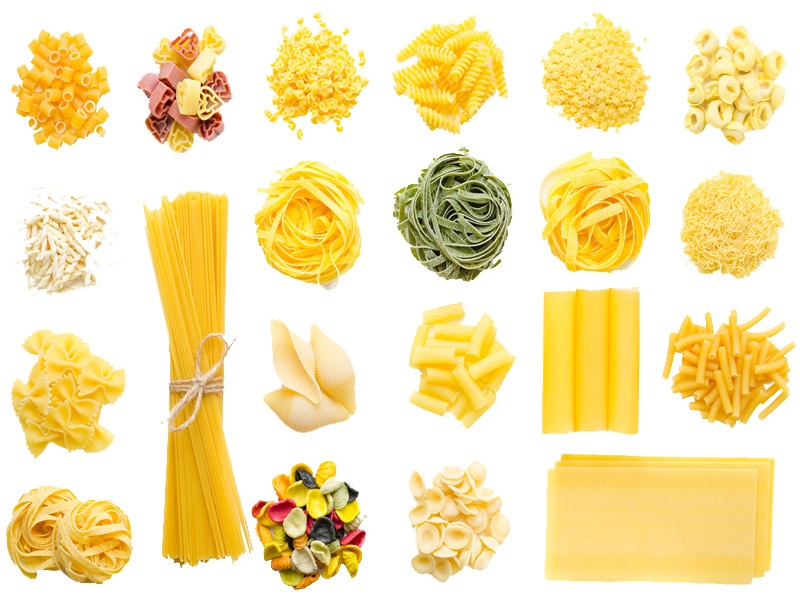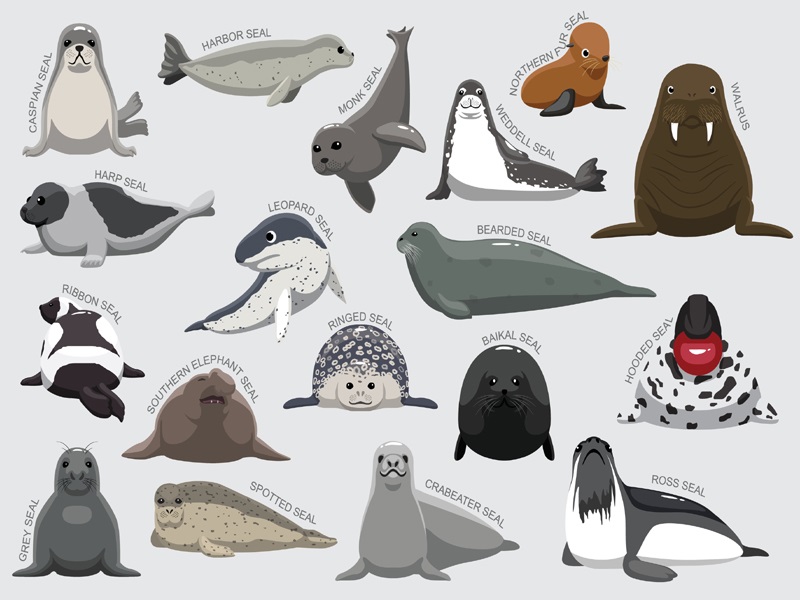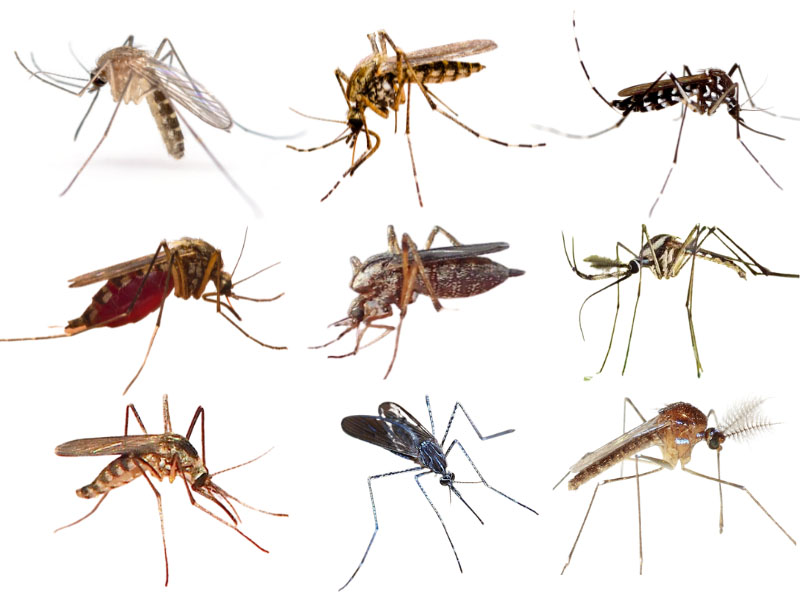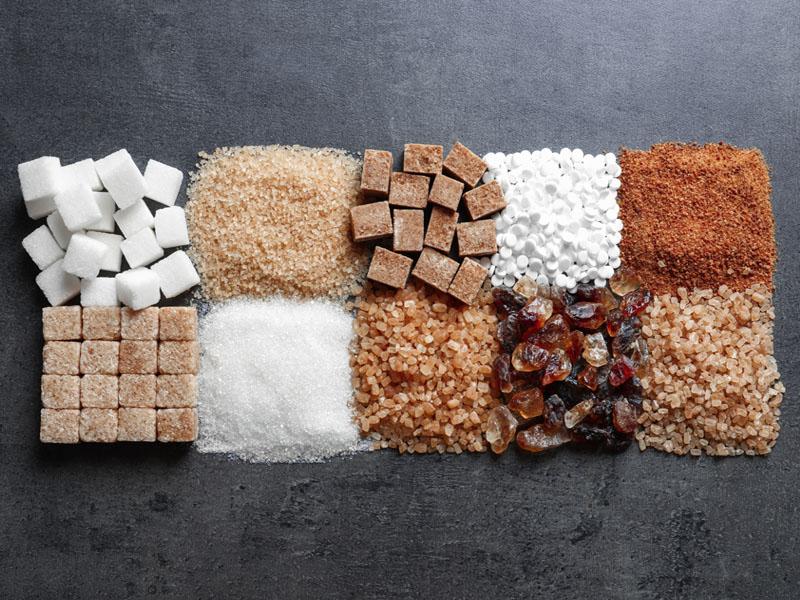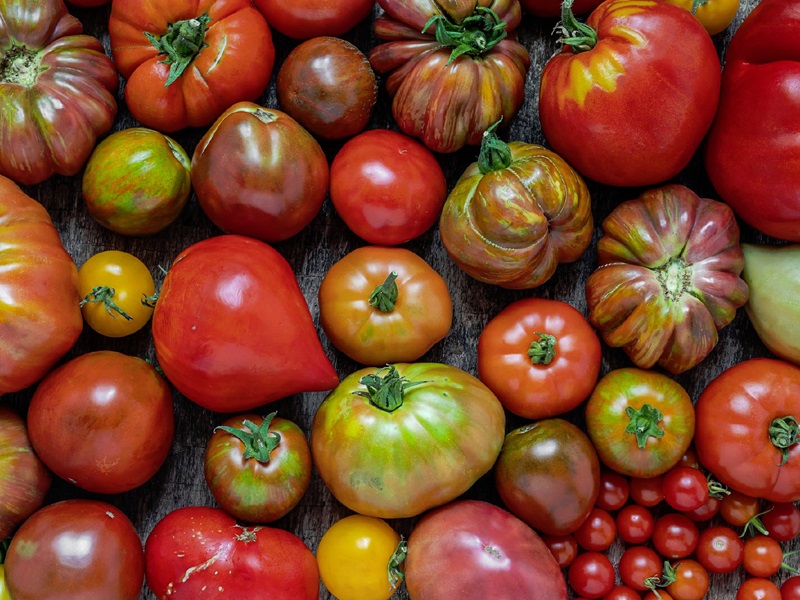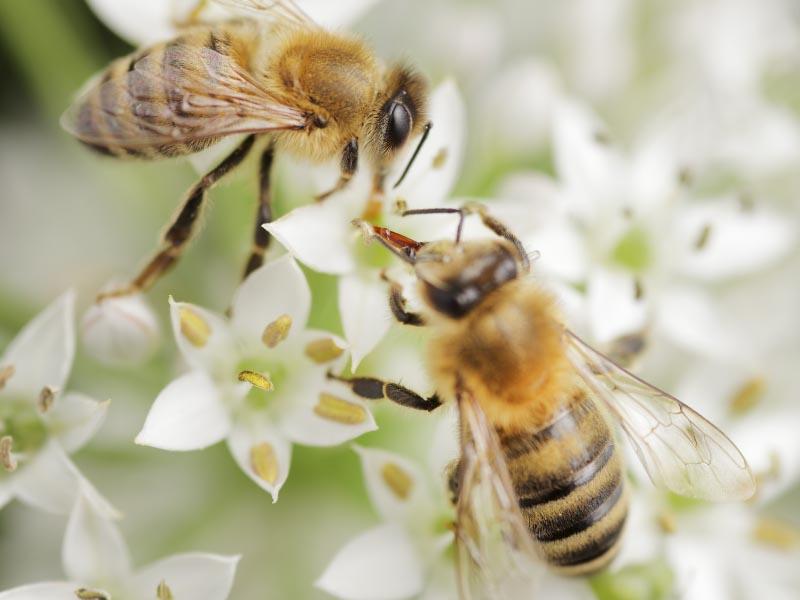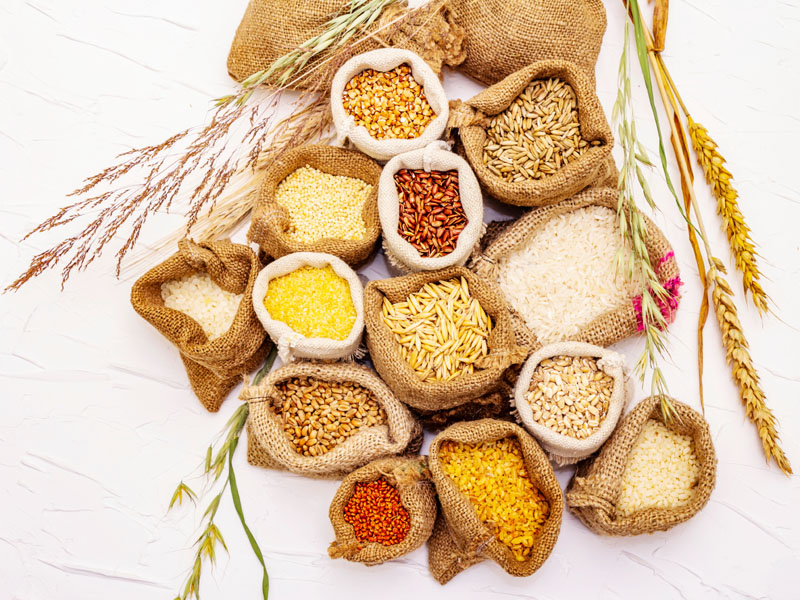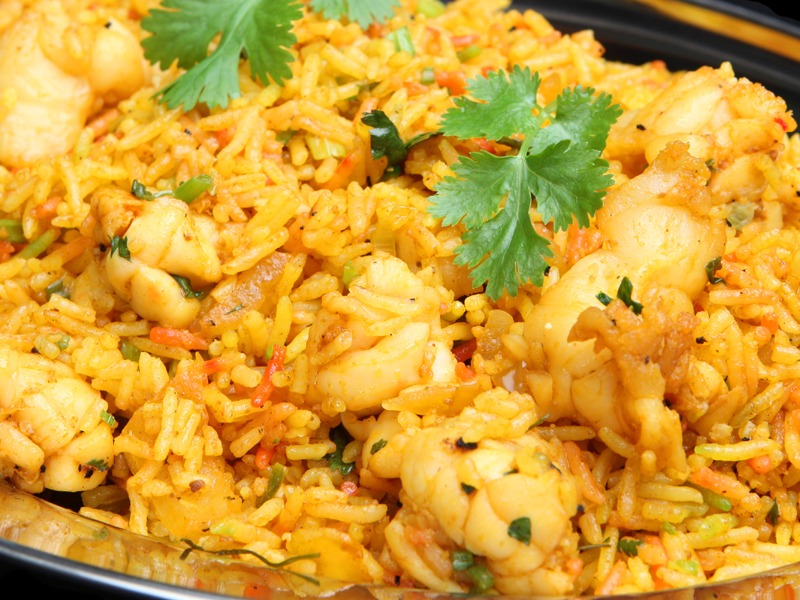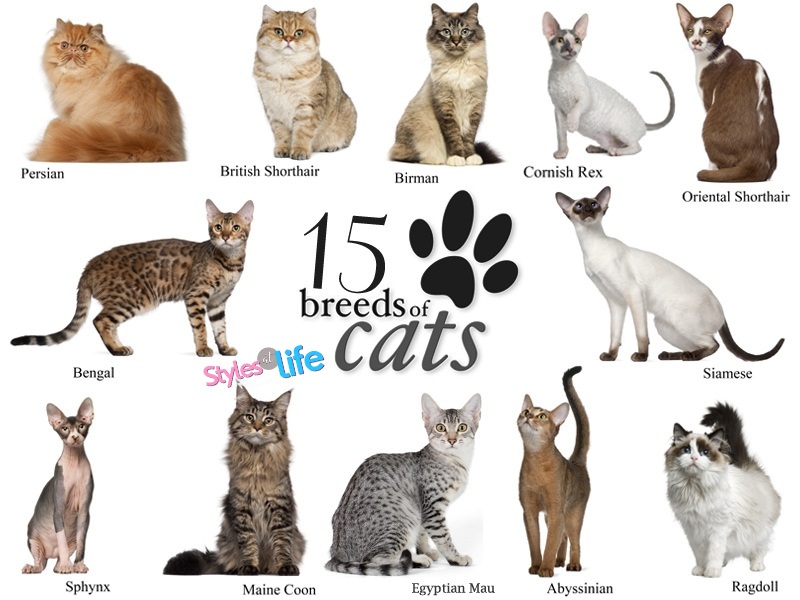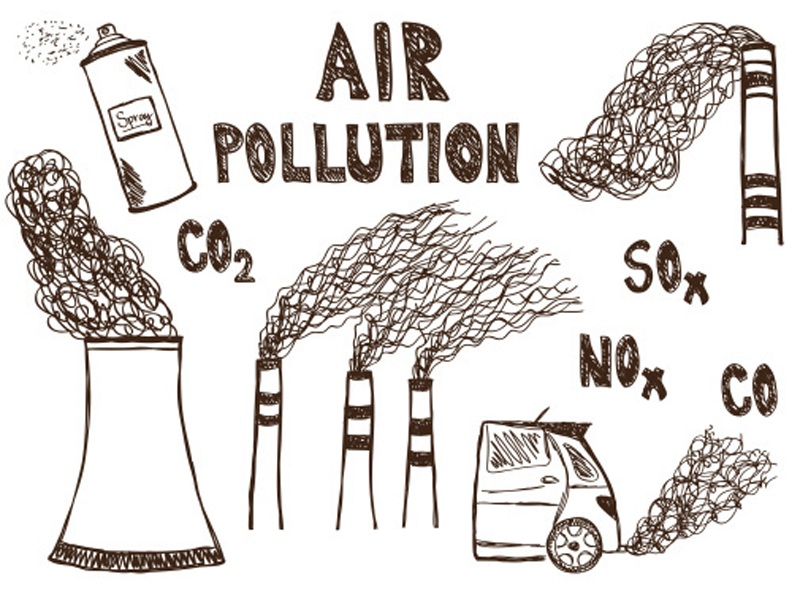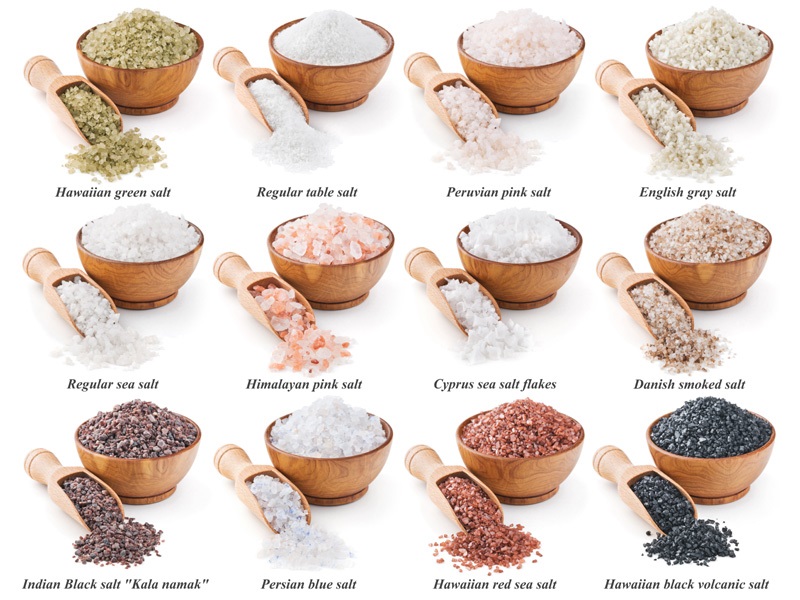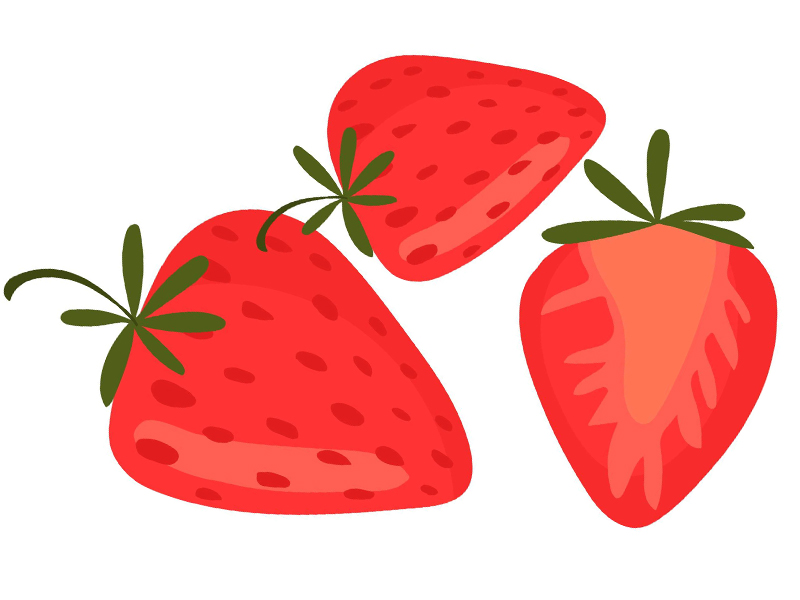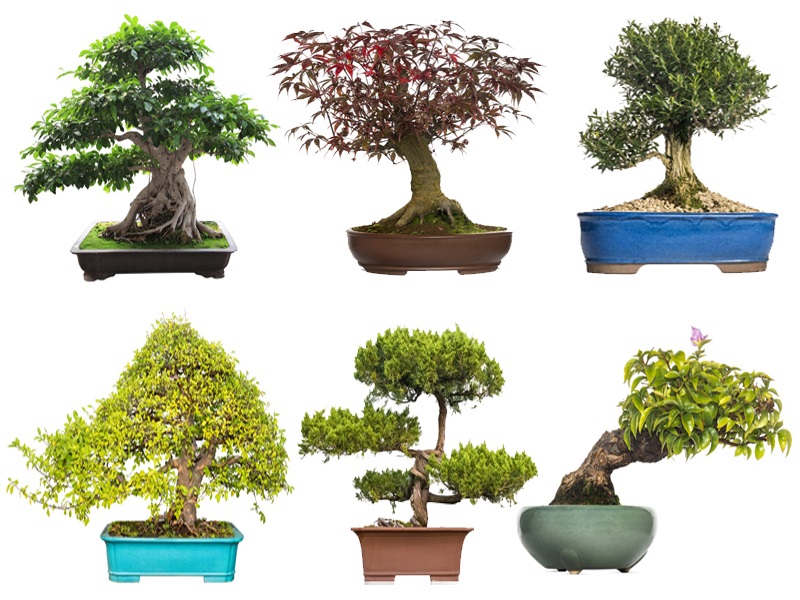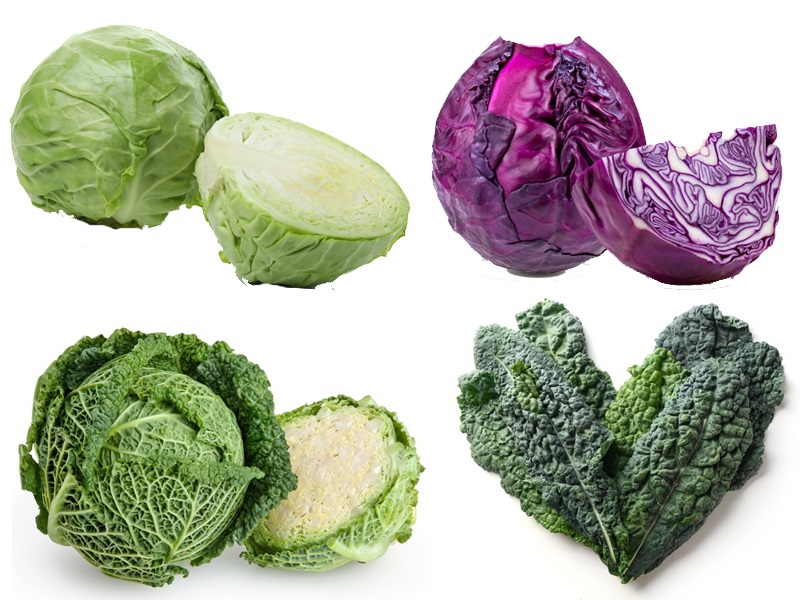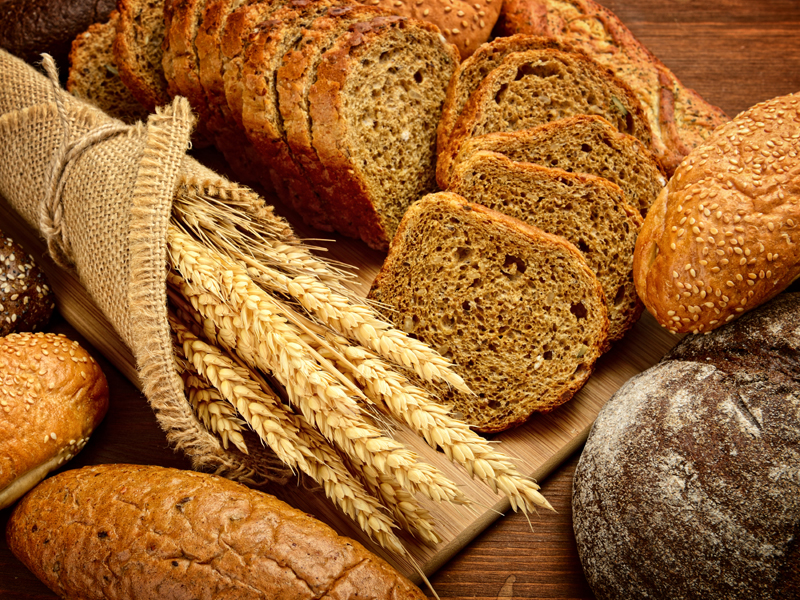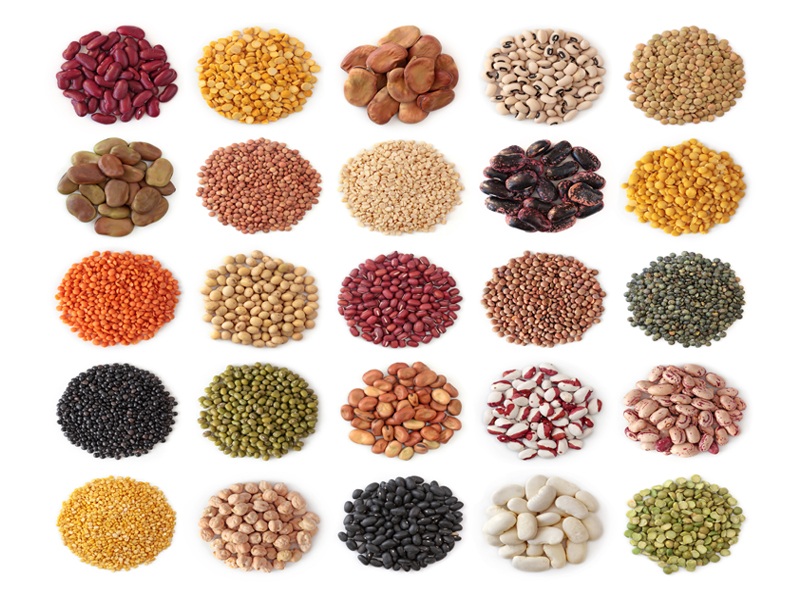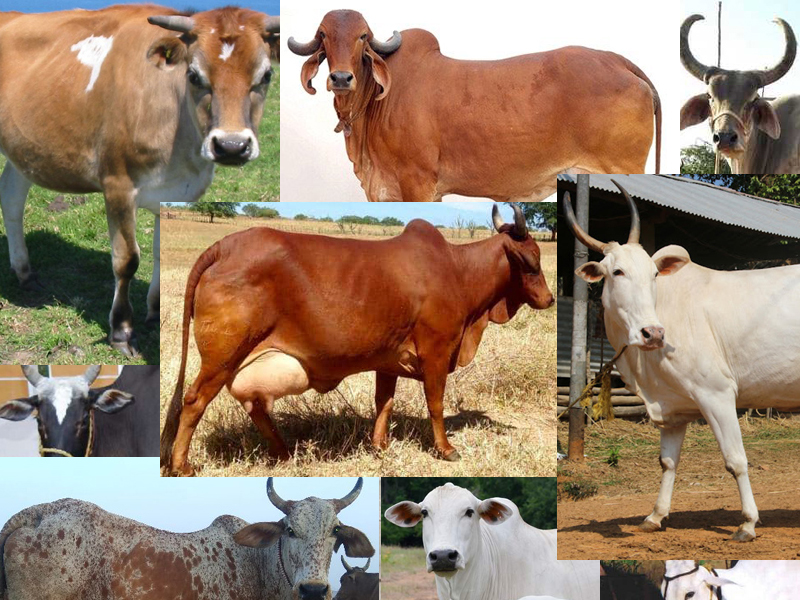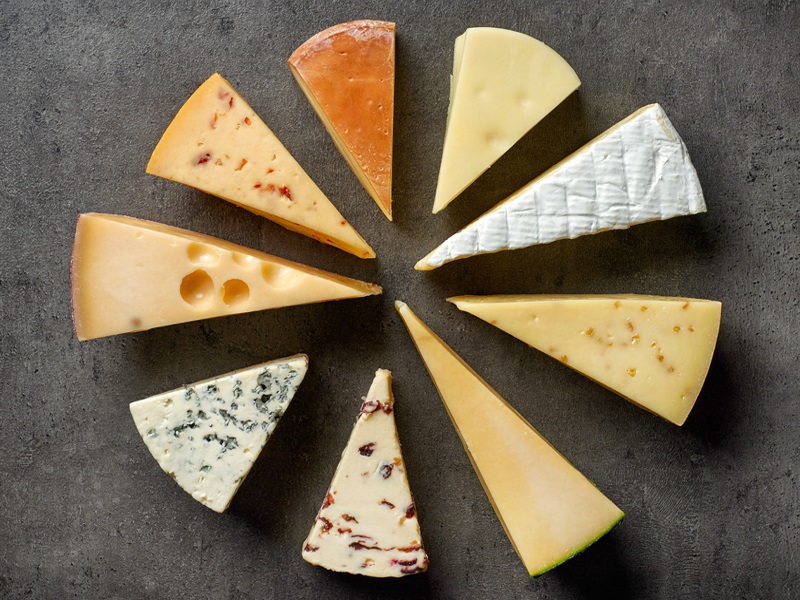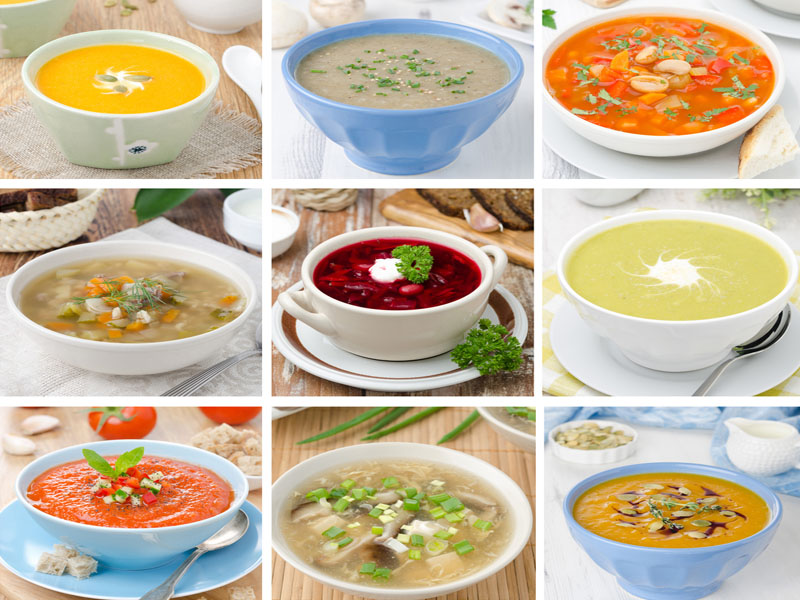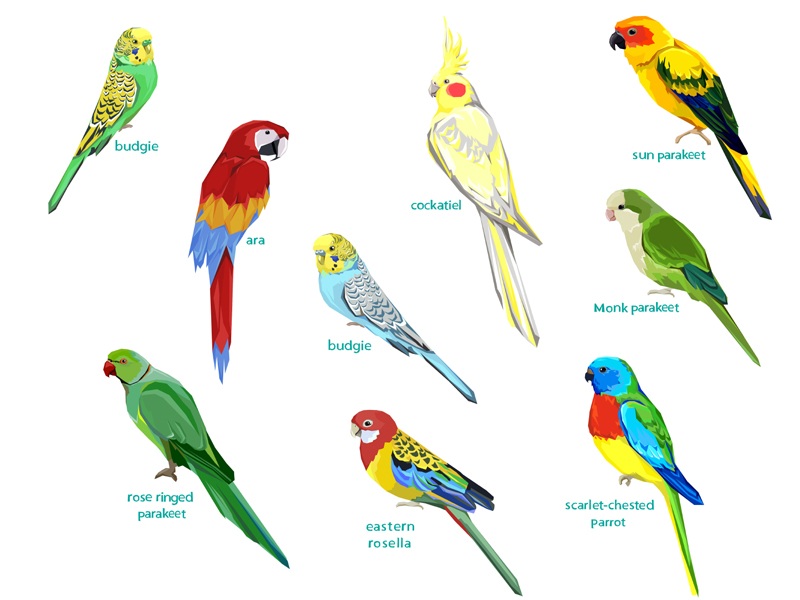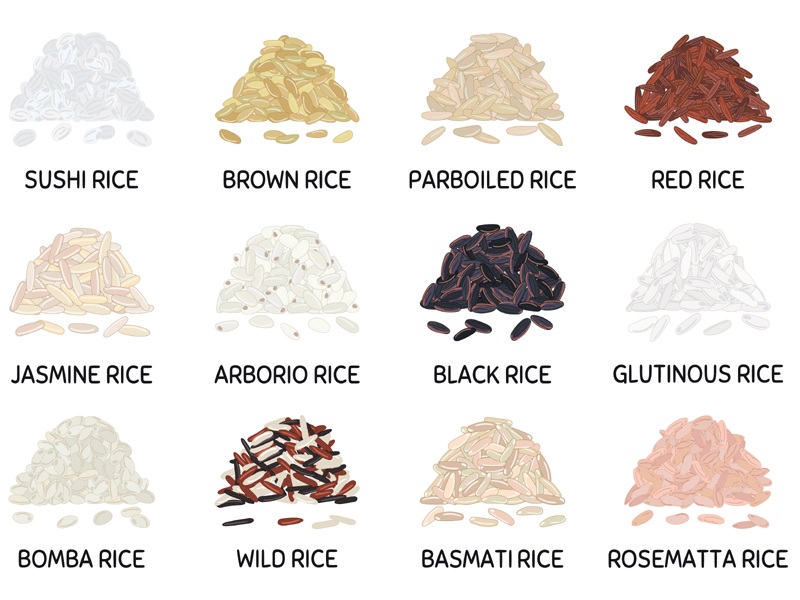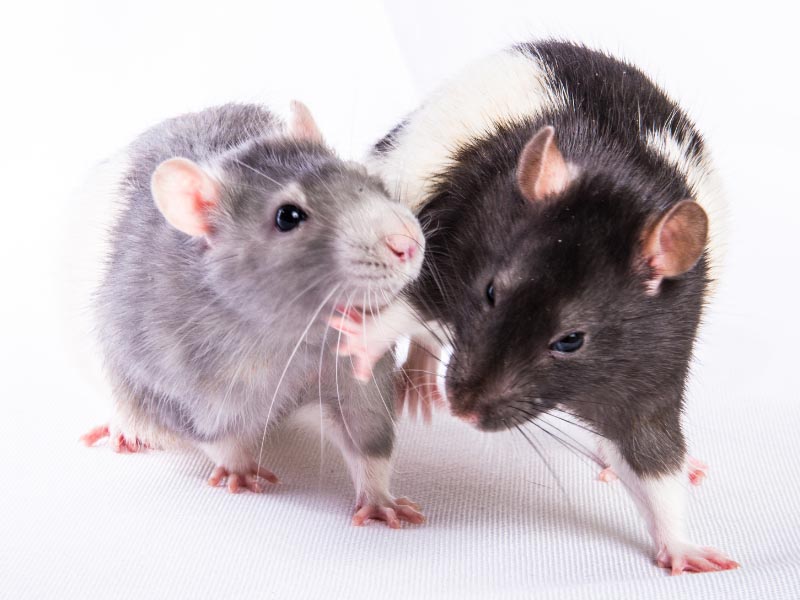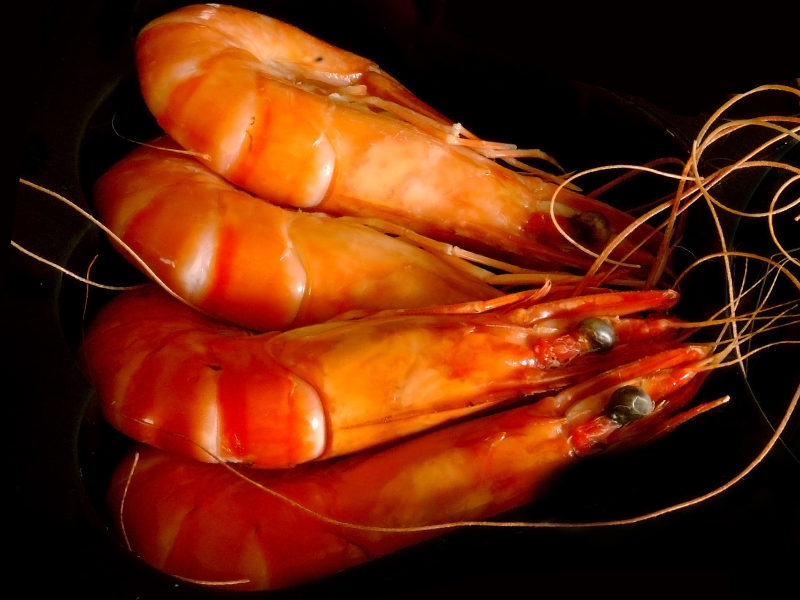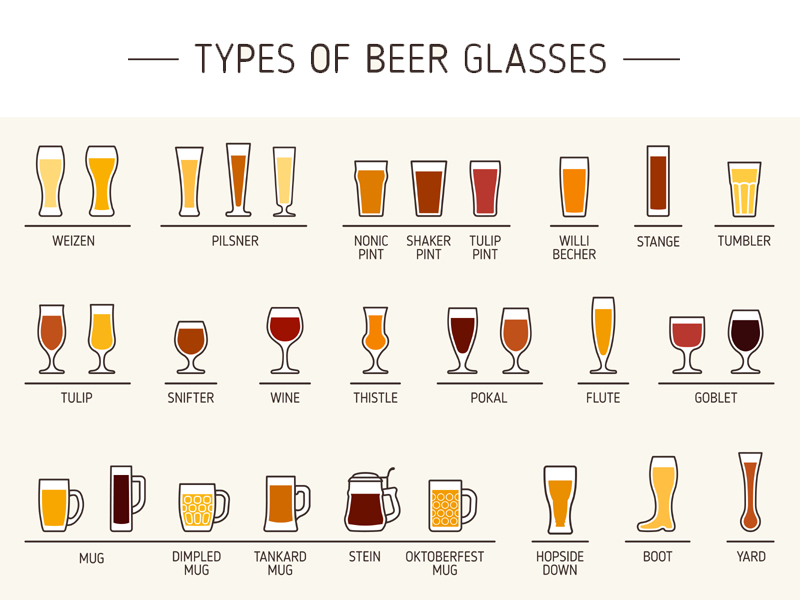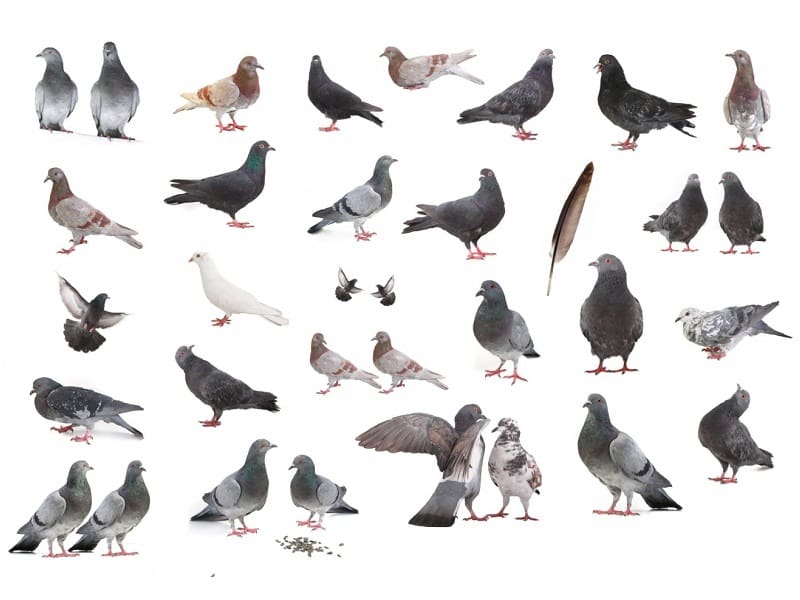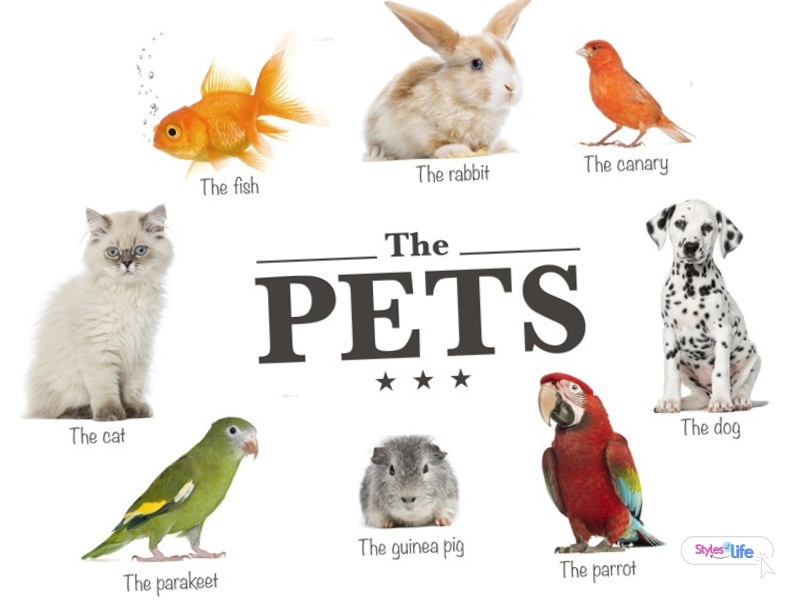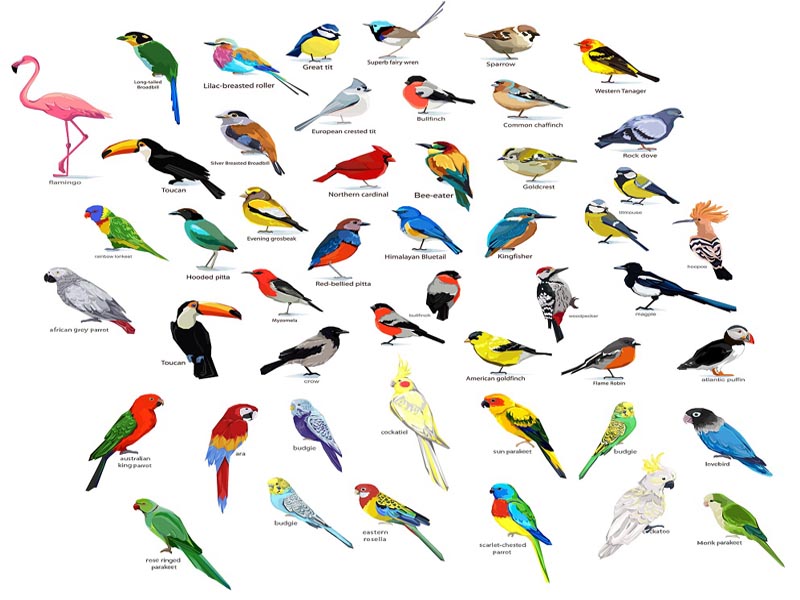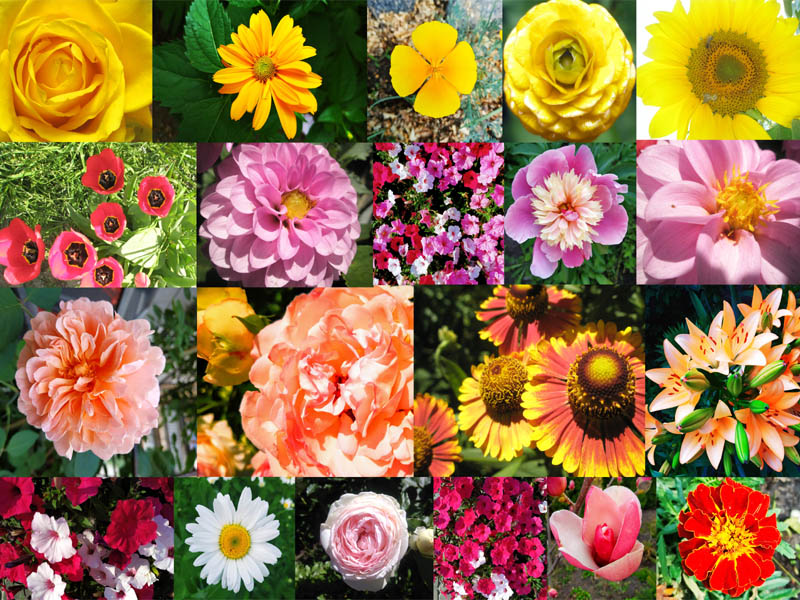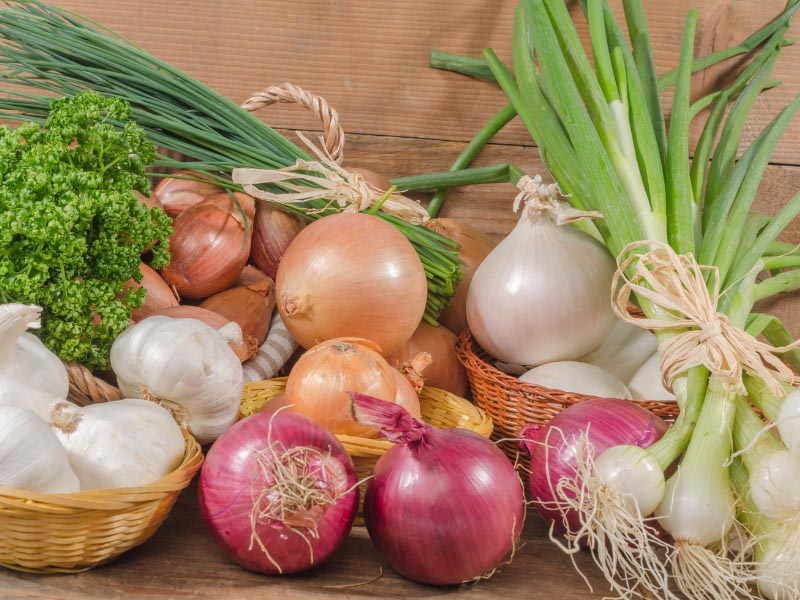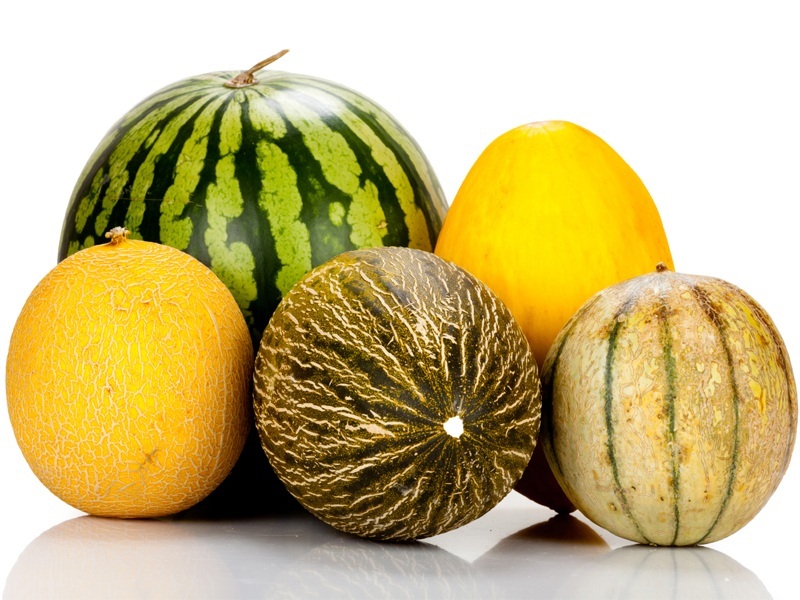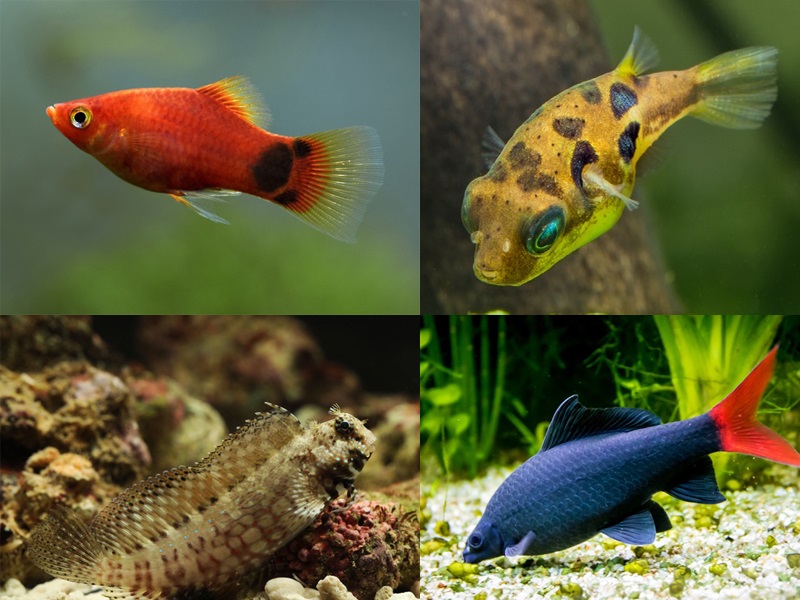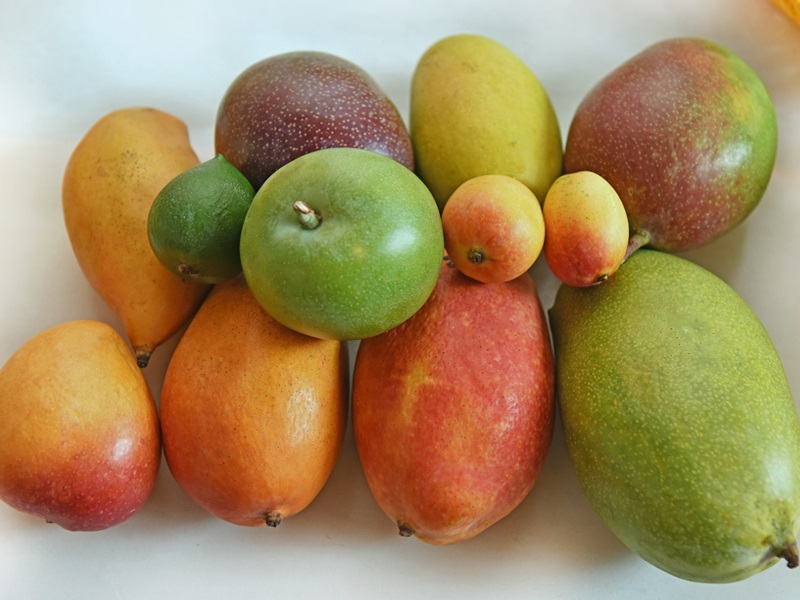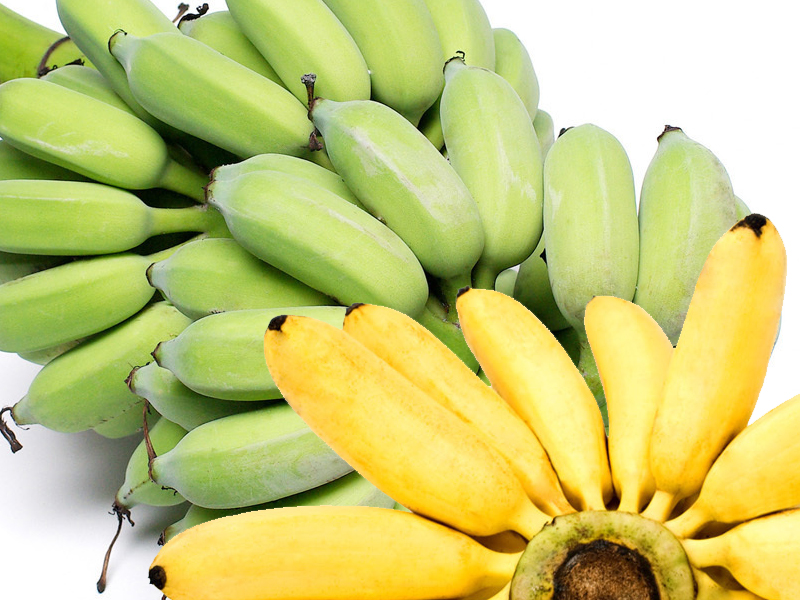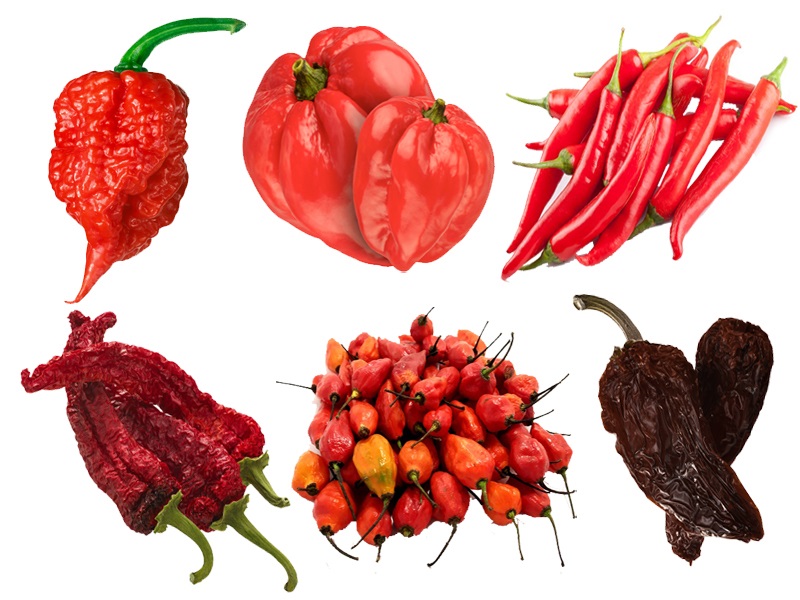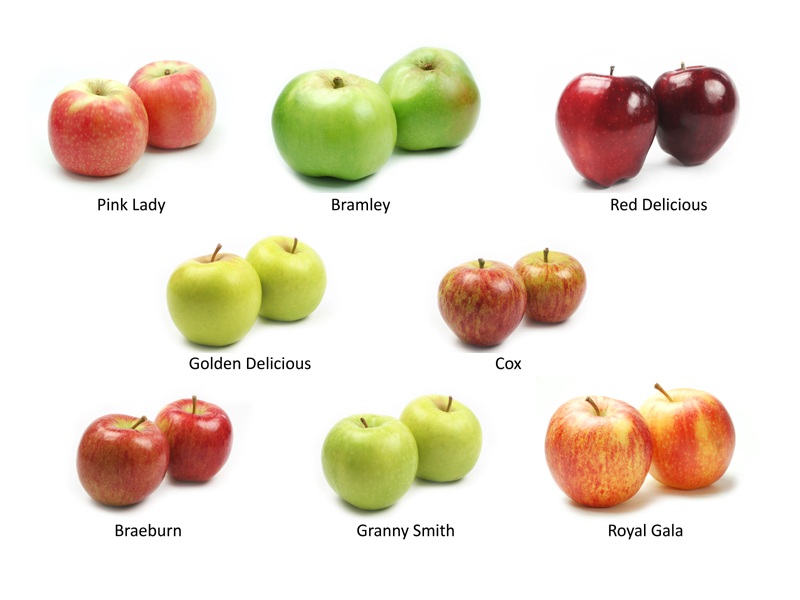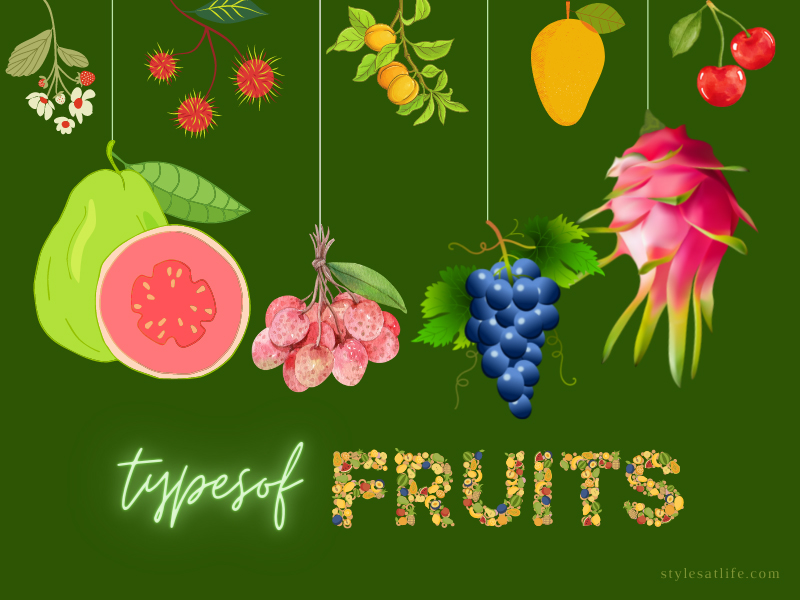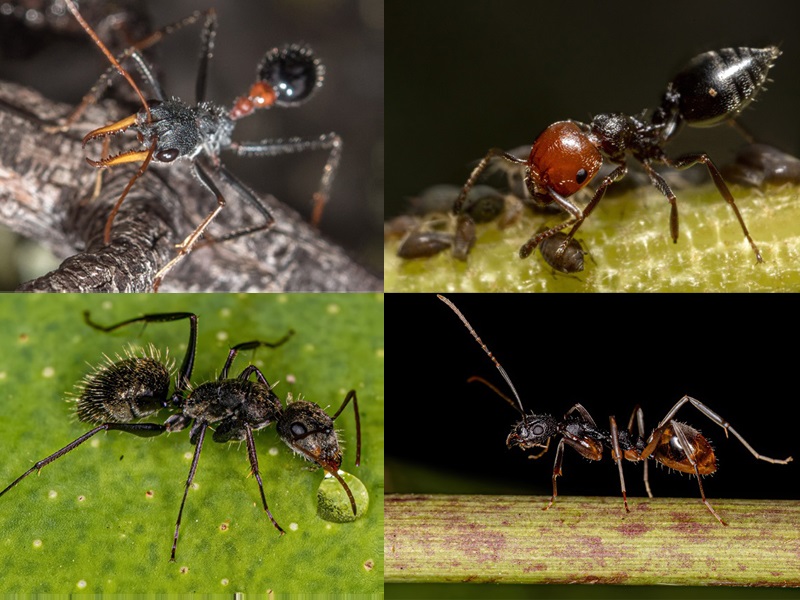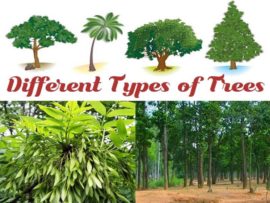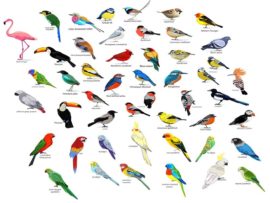Farming: The crop cultivation process, animal rearing, and production methods are a very significant and essential part of agriculture. We all have an idea about the basics and what farming is correct from our school days textbooks. But how about revisiting it to refresh our memories? Types of Farming is not just one method but involves several kinds and processes depending on land type, climate, physical environment, crop type, and cultivation process.
Let us get started and learn something new today – different types of farming methods and farm implements.
Farming and Agriculture: A Brief History
Farming and agriculture are crucial for every nation and country, and many livelihoods, as we know, are dependent on this as an occupation – not just in India but abroad. But one can’t precisely emphasize and assert when farming has come into play. Today, we have advanced technology that influences and makes several techniques better off by just the presence. However, we all have an idea about the time when humans were hunting and farming in ancient methods.
Many experts believe that farming has changed humans’ course of life, which made them shift from nomadic hunting-gathering to establishing permanent settlements. The earliest crops around were barley, wheat, and rearing of cattle, sheep, and pigs. The types of farming methods and crop cultivation have come over with good development in a while, depending on new processes, techniques, climate, and other factors. Crop rotation, clearing, and land reclamation were common practices in ancient days, right around Egypt and Europe. As the agricultural revolution progressed across continents, newer methods and modern techniques started seeping. But yes, the farming concept is not anywhere born new but indeed present in place right back from 10,000 BC.
Farming and Agriculture: What’s the difference?
Most of us often may get confused and use both the terms farming as well as agriculture synonymously. But here is the difference and easy breakdown to understand. Agriculture is a much wider and broader bracket term that deals with all agriculture activities, including farming, crop cultivation, cattle rearing, and horticulture. It has husbandry, livestock, and tillage as well under the activities. Farming is, in turn, is the process in which agriculture takes place. It is with regard to the particular technique or method on how land cultivation and crops work.
Read: Famous Goat Breeds & Types
Different Types of Farming Practices, Techniques, and Methods Across India and the World:
Now let us get ahead and learn all about the most popular different types of farming worldwide. Let us get started and learn about the different types of cultivation and kinds of popular farming methods across the globe.
1. Arable Farming:
Arable farming is the most common different types of farming systems across the globe. This is a perfect and apt fit method for hotter and warmer climatic conditions that systematically use the land to grow crops. The Arable types of farming henceforth is dominant around the U.K. regions. Farming is mainly popular in areas with fertile flat land without steeps heavily and moist land that is not very dry or wet. In the Arable farming method, grain crops such as wheat, barley, maize, rice, and millets are perfect. The continuous following method of this farming can help increase the soil nitrogen from within.
2. Pastoral Farming:
As the name Pastoral farming suggests, this types of farming technique are solely for rearing animals and cattle, not for growing crops. This producing livestock method is ideal for sheep, beef cattle, dairy farming, and other rearing. This method is suitable for the climatic regions that are cold and wet, not very dry and hot. If the land has stronger steeps and slopes, pastoral farming is helpful to rear animals such as sheep instead of growing crops. The highland regions of the U.K. and west follow this farming practice. It is the most common one too in various types of farming.
3. Mixed Farming:
Unlike just following on rearing animals or entirely focusing on crops, the types of mixed farming incorporate crop cultivation and livestock in a single farm. A single piece of land is here to support both arable and pastoral farming, which is advantageous for increasing the yield of farms from both crops and rearing. Farming can be good to go in different climatic conditions as it provides two livelihood options with single land. On the one hand, crop cultivation can go for farm yields, and on the other hand, pastoral farming can help rear animals for dairy or meat or eggs. The manure from animals is also further used to assist in soil fertility and manure.
4. Subsistence Farming:
As the name suggests, subsistence farming categories and types are only for personal use and not for commercial usage or selling in the market. It is a very small-scale practice of growing and cultivating crops and rearing animals for household personal and family use. The complete objective here is to make the family self-sufficient by this farming. This farming technique henceforth doesn’t require heavy machinery or technology. This is the most common types of traditional farming.
5. Commercial Farming:
Unlike subsistence farming, commercial farming’s intention and motto is to farm for commercial use and profit-making. This types of technique involve both growing crops as well as rearing animals for meat, eggs, or dairy. This farming is generally popular on a large scale as the product will be sold in the outer market for profits and earnings. Technology or machinery requirement is there, depending on the scale of the farming. Commercial types of crop farming in agriculture often follow growing a single type of cash crop instead of going to several kinds at once. These modern farming types are also ideal for those who have access to a larger land instead of a small one.
Read: Different Types Of Lilies And Their Names
6. Extensive and Intensive Farming:
The types of Extensive and intensive farming is a method within farming that helps to grow the yield or produce. In extensive farming or cultivation techniques, the overall objective is to increase land tillage to improve the final output. Generally, this is through the farmers by increasing land size for cultivation, and the rest of all other factors remain unchanged. This type of farming method is generally famous and is present in large land sizes henceforth, and lots of machines and technology help to raise production. The most common crops here are sugarcane, rice, and wheat.
In the Intensive farming technique, the method involves raising the labor or capital investment on the same small land to raise the current yield. The small farms go through intense cultivation using more significant inputs. Fertilizers, manures, and labour application is intensive. In general, more than one crop is attempted to cultivate in the same field.
7. Nomadic Farming:
As the name suggests, nomadic farming is more of a method where the farmers or cultivators do not stick permanently to a place, instead keep moving with animals in search of water and land, pasture. This practice and technique are heavily present in arid to semi-arid regions. The animal’s requirements for nomadic farming techniques include camels, cattle, goats, horses, donkeys, and sheep.
8. Sedentary Farming:
Sedentary farming is unlike the actively moving nomadic farming technique. In this method, farming involves not moving from the same land for several years to come and tilling in the same place. The land here helps permanently to grow or cultivate crops or even to rear animals. This practice is one of the oldest techniques of farming across the globe.
9. Poultry Farming:
Poultry farming is a specialized or targeted farming method focusing only on one thing. Here is the case of poultry. Most often, poultry farming involves rearing chickens, goats, and turkey for meat and eggs. Farming can be through both a small or large scale, depending on choice. This can go with a wide range of climatic conditions as well.
10. Aqua Farming:
Fish farming or aquaculture is already a well-known method of farming. Here, the fish development is through the fish ponds or tanks, usually in very large numbers. However, there are several challenges pertaining to this –growing fish cleanly and sustainably, which are good in quality.
11. Dairy Farming:
Just like aquaculture or fish farming, dairy farming is all about rearing animals that give out the milk. The most common dairy farming is in areas where the land or region does not have any cultivable land and is ideal only for rearing animals. However, challenges for dairy farming do exist. As the dairy products or outputs are perishable quickly, they should be sold soon or found buyers.
12. Shifting Agriculture:
Shifting agriculture is also commonly and popularly known as slash and burn agriculture or farming. In this technique, the cultivators or farmers use the land for produce or food crops and then clear the land patch before shifting their cultivation to another place. This clearing and burning land happens when the soil fertility reduces over time, and they move to better fertile soil and land. However, as one can understand, the disadvantages and cons for this method exist – it can create heavy wasteland and pollutants during the slash and burn approach. The fertile land will deplete over time if one doesn’t develop mechanisms to protect it.
Read: Different Types of Cows Names
13. Plantation Agriculture:
Plantation farming or agriculture is used to cultivate the plantation crops such as coffee, tea, spices, or rubber production. In this technique, large tracts of estates or land ideal in environment and climate for the plantation crops are important. Most times, plantation agriculture is crucial in catering to the national and international markets and takes place upon on a large scale when compared to other kinds of farming.
14. Dry and Wetland Farming:
As the name suggests, dry and wetland farming are different to suit different climatic conditions and rainfall concerns. In dryland farming, those very dry, drought-prone regions follow this technique, and the most common crops here are ragi, bajra, and grams. Farming also involves methods for soil water conversation to help with the crops.
In the case of wetland farming, rainfall is very heavy and excess, so water-intensive crops such as rice, jute, and sugarcane are popular in this method.
15. Multiple Agriculture:
Multiple cropping is also known as polyculture, where two or more crop cultivation takes place and are sown in the same piece of land instead of just one. In this method, the crops are all matched according to the season and water requirements, and it helps to better and increase the yield in one growing season. It is among the new techniques that is into play recently where optimal spacing techniques is helpful for the best use of all crops. This different form of multiple cropping or agriculture can happen either by intercropping, where other crops in the same land cultivation in alternative rows, or through the agroforestry method, where crops are intergrown perennial trees.
16. Organic Farming:
Organic farming is a new and upcoming trend we have been hearing about for the past few years. In this method, farming excludes artificial inputs, pesticides, and fertilizers for farming activities. Any harsh chemicals and usage are not put in usage, and the natural crop rotations and residues application to fertilize soil and crop. Manures, non-farm organic waste, and biological nutrients are popular here to protect the yield and increase crop cultivation and overall quality. These types of organic farming in Indian agriculture is widely coming up in recent days.
17. Terrace Cultivation:
The terrace cultivation kind of farming is mostly in hills or mountains where the plantations are there over a plane on graduated surfaces. Here, the plane is in the form of successive flat platforms that resembles something similar to steps. This effective type of landscape farming is ideal for bringing in the most effective land use around hills and mountains and maximizing farming in the arable area.
Read: Different Rice Varieties with Names
18. Crop Rotation:
Most of us already know about crop rotation. This technique is nothing but cultivating or planting crops in the same land one after the other. Through this method, the soil’s nutrients, pest, and weed fertilizers are to the best use. Over the period of time, the crop rotation technique also increases productivity and yield, along with soil nutrients.
We hope this guide on different types of farming methods, agriculture in the world, and techniques help you learn something new today. Let us know your thoughts and what do you think of this quick and brief guide. We love to hear your thoughts.
Disclaimer:
This is exclusively a guide about types of farming methods and techniques for informative purposes only. The opinions and overview in this article are from various sources across the web. The author does not guarantee or promise any accuracy of the facts provided in this article.
FAQs:
1. What are the most common types of farming out of all?
Ans: Arable, mixed farming and pastoral farming are the most common types, and techniques of farming implemented worldwide.
2. Which type of farmings are most popular and found familiar in India?
Ans: Plantation farming, poultry, and intensive farming are the most commonly found type of farming methods in the Indian subcontinent.
3. What is cooperative farming?
Ans: In the method of cooperative farming, the formation of a community cooperative happens, where all members have equal ownership to the business and farming. They voluntarily pool all resources and manpower and divide the tasks between themselves.


